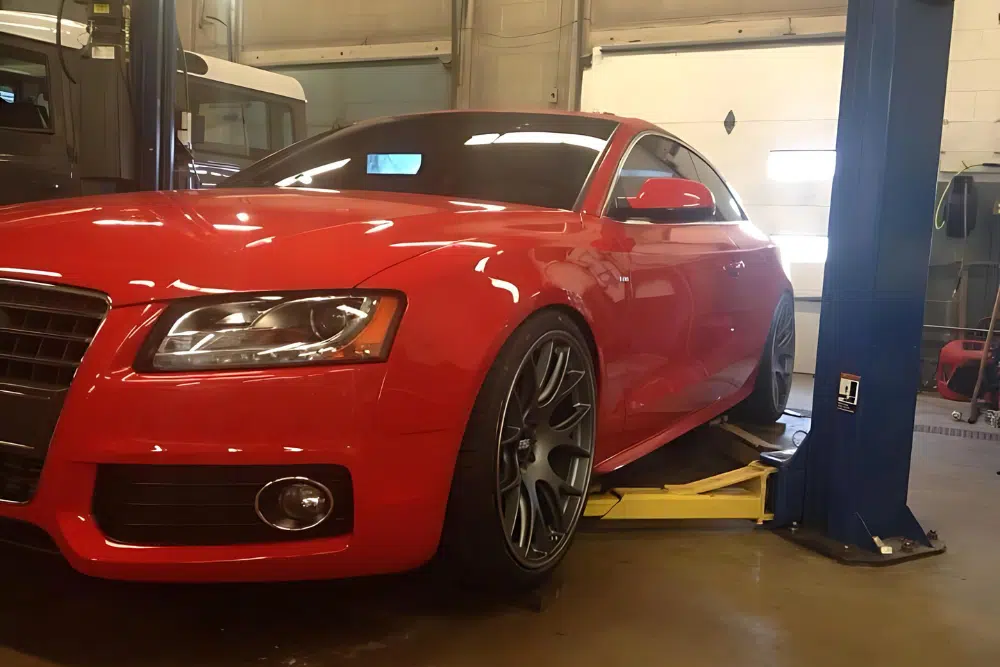
Car maintenance checklist is crucial for safety, performance, and longevity. A well-maintained vehicle can save you money in the long run and enhance your driving experience. This checklist will help you keep track of essential maintenance tasks.
Why Car Maintenance is Important
Safety
Regular maintenance ensures that all components of your vehicle are functioning correctly, reducing the risk of accidents.
Performance
A well-maintained car runs more efficiently, offering better fuel economy and a smoother ride.
Longevity
Routine checks and maintenance can prolong the life of your vehicle, saving you from costly repairs and premature replacement.
Monthly Maintenance Checklist
Check Fluid Levels
- Engine Oil: Check the level and quality. Top up or change as necessary.
- Coolant: Ensure the coolant reservoir is filled to the recommended level.
- Brake Fluid: Check for adequate levels and any signs of leakage.
- Transmission Fluid: Look for signs of discoloration or smell, indicating it may need changing.
- Windshield Washer Fluid: Fill as needed for clear visibility.
Tire Inspection
- Tire Pressure: Use a gauge to check pressure; inflate to the recommended PSI.
- Tread Depth: Use the penny test to ensure sufficient tread for grip and safety.
- Visual Inspection: Look for any visible damage or unusual wear.
Lights and Indicators
- Headlights: Check both high and low beams.
- Brake Lights: Ensure they are functioning correctly.
- Turn Signals: Test all indicators for proper operation.
Bi-Monthly Maintenance Checklist
Battery Maintenance
- Terminals: Inspect for corrosion and clean if necessary.
- Charge: Test the battery’s charge level, especially before long trips.
Wiper Blades
- Condition: Check for cracks or wear on the blades.
- Functionality: Test the wipers in operation; replace if streaking occurs.
Air Filters
- Engine Air Filter: Inspect for dirt and debris; replace as needed.
- Cabin Air Filter: Ensure clean air flow inside the vehicle; replace regularly.
Seasonal Maintenance Checklist
Spring Maintenance
Fluid Changes
- Oil Change: Change the oil to ensure optimal engine performance.
- Coolant Flush: Prepare for warmer months by flushing the coolant system.
Tire Rotation
- Rotate tires to promote even wear, enhancing performance and safety.
Summer Maintenance
AC System Check
- Refrigerant Levels: Check and refill if necessary to ensure efficient cooling.
Battery Check
- Inspect battery health to avoid breakdowns in high temperatures.
Fall Maintenance
Brake Inspection
- Check brake pads and discs for wear, ensuring optimal performance before winter.
Tire Preparation
- Consider switching to winter tires if you live in a cold climate.
Winter Maintenance
Antifreeze Check
- Ensure antifreeze levels are adequate to prevent freezing.
Emergency Kit
- Stock an emergency kit with blankets, flares, and basic tools.
Annual Maintenance Checklist
Comprehensive Inspection
- Schedule a complete vehicle inspection with a certified mechanic.
Timing Belt Replacement
- Check the manufacturer’s recommendation for timing belt replacement, typically every 60,000 to 100,000 miles.
Wheel Alignment and Suspension
- Inspect wheel alignment to ensure even tire wear and optimal handling.
Exhaust System Check
- Inspect for leaks or damage to the exhaust system.
Conclusion
Maintaining your vehicle is an ongoing responsibility that pays off in the long run. By following this checklist, you can ensure your car remains safe, reliable, and efficient. Always consult your owner’s manual for specific recommendations regarding your vehicle.
